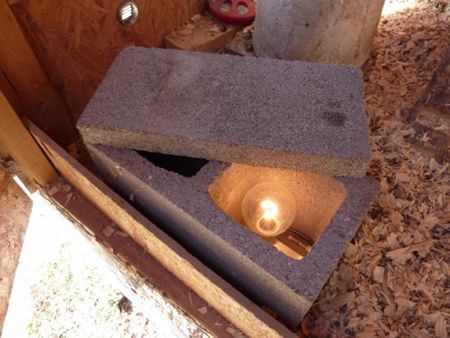I don't think it's necessary to line the coop with straw but since I built my coop out of pallets the recessed areas on the inside make it very easy to do so. I have a lot of ventilation in the coop and it stays very dry year round so I didn't have any issues with the straw retaining moisture from the chickens and getting damp. I didn't add supplemental lighting last winter so they laid but not every day. The biggest thing I found was the importance of checking for eggs often to be sure they didn't freeze, especially when it was really cold. The girls did not lay at all for 3 or 4 days during our spell of -28 (actual temp).



 I'm getting one!
I'm getting one! 
